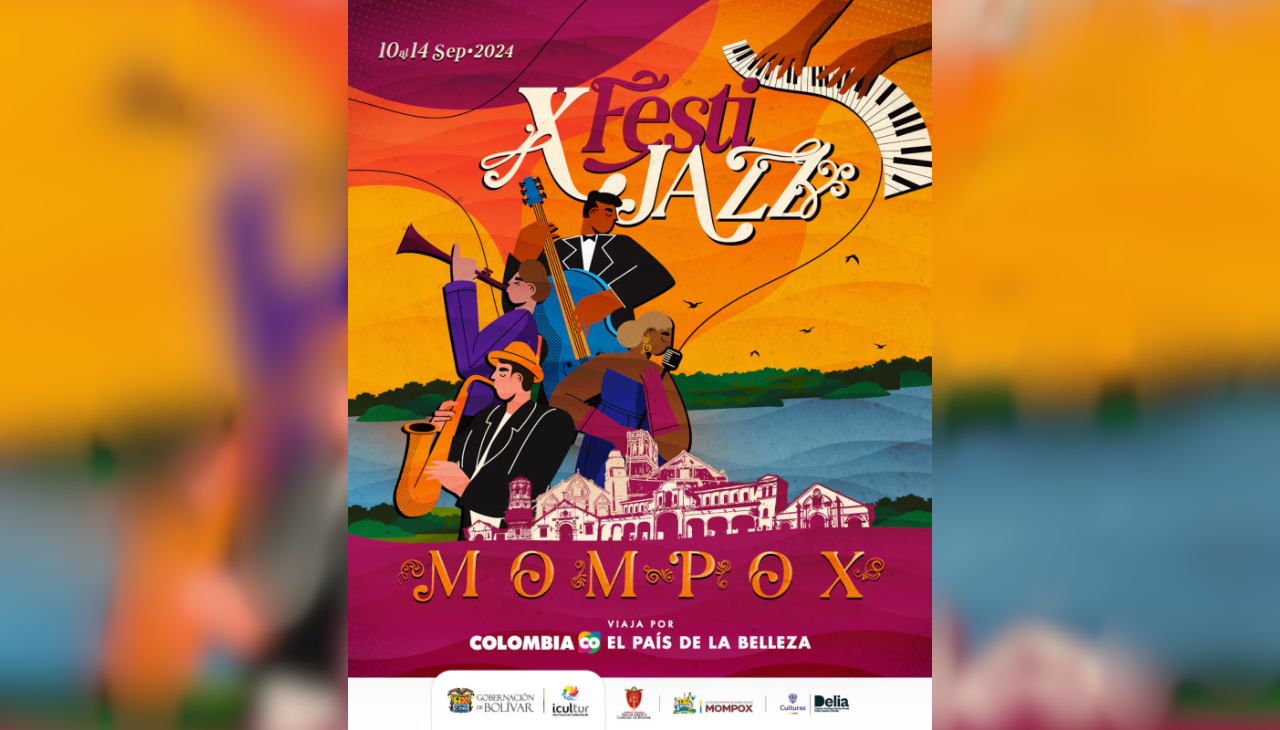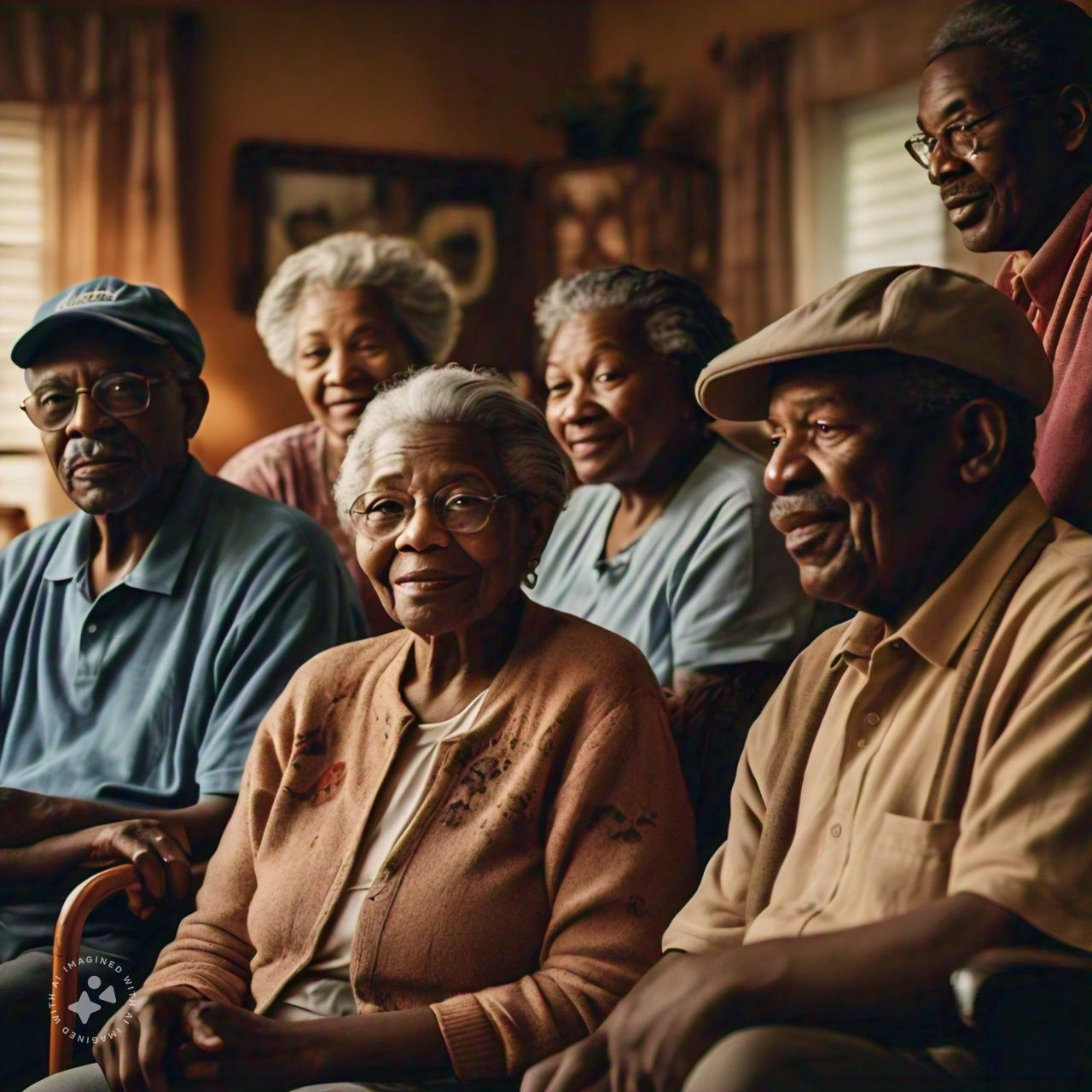
Mompox, the 'City of God' in the Colombian Caribbean
Mompox is one of the many magical towns in Colombia that attracts more tourists every year.
Mompox is a small colonial town located on the coast of the Magdalena River in the Colombian Caribbean. It was founded on May 3, 1537 and is currently recognized by UNESCO as a World Heritage Site for its beauty and historical value.
Mompox takes its name from Cacique Mompoj, leader of the tribes that inhabited the region before the arrival of the Spanish in America, former home of the Malibu Indians. At the time of the conquest, the cacique already governed some 50 small tribes, among them the Güitacas, Chilloas, Chimíes, Chicaguas, Jaguas, Malibúes, Kates, Kimbayes, Menchiquejos, and Talahiguas.
This magical town in Colombia has an architecture similar to that of Andalusia, Spain. Its houses are usually one-story, with large windows, white-painted facades, structures built in an 'L' or 'C' shape, large patios and internal wells designed since the mid-sixteenth century to adapt to the climate conditions of the region and accumulate water when there wasn't a sewage system.
RELATED CONTENT
Its beautiful architecture makes the town host important cultural events in the Caribbean, such as the Independent Film Festival, the Jazz Festival and the City of Mompox Music Festival. The municipality is also known for religious tourism, thanks to the many ceremonies held in commemoration of Holy Week.
Mompox's main architectural attraction is the Church of Santa Bárbara, built in 1630, which has a striking baroque tower on its exterior that recreates the legend of the 'saint' of the same name. Another site frequented by visitors is the Municipal Cemetery, which in addition to having an unparalleled beauty, contains the tomb of Candelario Obeso, precursor of black poetry in America.
Momposina Jewelry
Filigree is the art of weaving silver threads into unique and unrepeatable figures that resemble organic forms similar to those found in nature.
This smithing practice dates back to colonial times, with the arrival of artisans from Sevilla, recognized for having inherited different Arab traditions. Among these was the ability to convert precious metals into gold and silver threads for the manufacture of what today is known as the art of filigree.
Today, filigree is part of Colombia's cultural heritage and pieces made of gold and silver can be found in Mompox or any other handicraft shop in the country. They're proof that crafts are still present as a legacy of Spanish history.











LEAVE A COMMENT:
Join the discussion! Leave a comment.